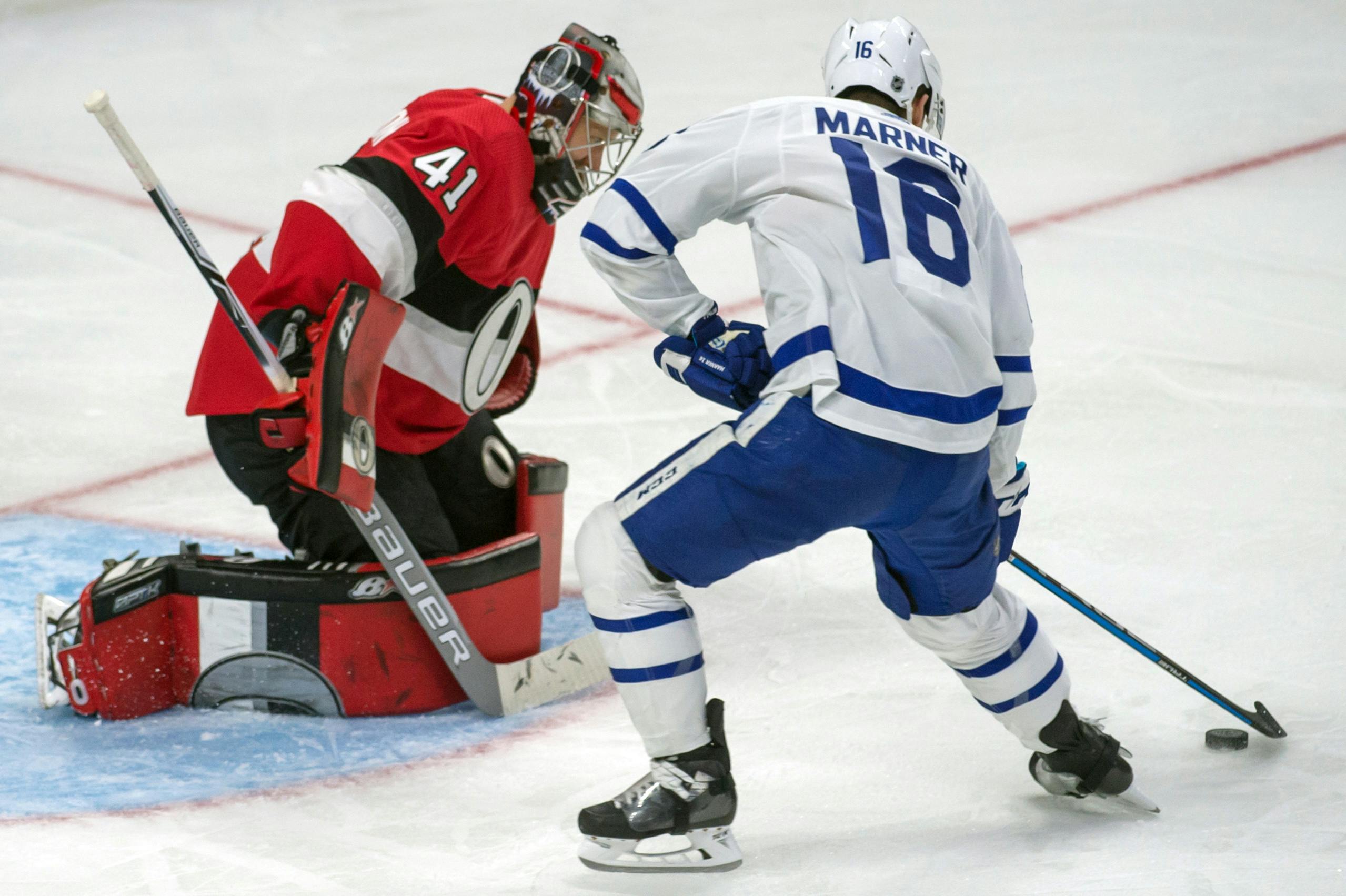Getting bored with fantasy hockey? Try a hockey wins pool

By Ryan Fancey
5 years agoI’ve run and been part of regular season hockey pools for a number of years, but one thing I’ve noticed recently is they can become terrible too easily. Put simply, they sort of stink, especially compared to fantasy football.
Everyone who’s played fantasy hockey has likely run into the same problems year over year: Someone jumps out to a quick lead, others start to lose interest, and by the end of the schedule 2-3 people are keeping up on their rosters while the rest have checked out for weeks, if not months. You get scenarios where Evgeni Malkin is on someone’s bench for nine games because some manager couldn’t be bothered. I’m guilty of it myself, even when I’ve run the pools. And the head-to-head experience? Again, it’s no football.
This season I wanted to try out something different, and luckily I had an idea in my back pocket for the last couple years that I’ve wanted to give a whirl. It’s an NHL Wins Pool, adapted from this NFL pool idea Bill Simmons published in the old Grantland days.
The rules couldn’t be simpler:
- Get ten players (or “managers”, I guess) together
- Draft teams until each player has three
- Whoever has the most total wins at the end of the season wins the pool
But how do you decide the order? I’ve got you covered. Or, well, someone smarter than me has you covered. I think this was drawn up by some computer engineer or math person or something. It isn’t a straight-up snake draft, but meant to make things a little more fair considering there are only three rounds. Note: With 31 clubs now in the league, a team doesn’t get picked.
Team 1 — 1st pick, 20th pick, 26th pick
Team 2 — 2, 16, 29
Team 3 — 3, 13, 30
Team 4 — 4, 18, 25
Team 5 — 5, 15, 27
Team 6 — 6, 19, 22
Team 7 — 7, 11, 28
Team 8 — 8, 17, 21
Team 9 — 9, 14, 23
Team 10 — 10, 12, 24
Team 2 — 2, 16, 29
Team 3 — 3, 13, 30
Team 4 — 4, 18, 25
Team 5 — 5, 15, 27
Team 6 — 6, 19, 22
Team 7 — 7, 11, 28
Team 8 — 8, 17, 21
Team 9 — 9, 14, 23
Team 10 — 10, 12, 24
I used a randomizer on the internet to decide the 1-10 order, then obviously assigned the other picks based on that.
For my own pool, here’s how things turned out:
| TEAM | |
| 1 | Tampa Bay Lightning |
| 2 | Toronto Maple Leafs |
| 3 | Winnipeg Jets |
| 4 | Nashville Predators |
| 5 | Boston Bruins |
| 6 | Washington Capitals |
| 7 | Pittsburgh Pens |
| 8 | Vegas Golden Knights |
| 9 | Edmonton Oilers |
| 10 | San Jose Sharks |
| 11 | LA Kings |
| 12 | New Jersey Devils |
| 13 | Florida Panthers |
| 14 | St. Louis Blues |
| 15 | Philadelphia Flyers |
| 16 | Dallas Stars |
| 17 | Columbus Blue Jackets |
| 18 | Minnesota Wild |
| 19 | Colorado Avalanche |
| 20 | Anaheim Ducks |
| 21 | Calgary Flames |
| 22 | Chicago Blackhawks |
| 23 | Buffalo Sabres |
| 24 | Carolina Hurricanes |
| 25 | Vancouver Canucks |
| 26 | Ottawa Senators |
| 27 | Arizona Coyotes |
| 28 | NY Islanders |
| 29 | NY Rangers |
| 30 | Detroit Red Wings |
(Yes, the Edmonton pick baffled me too).
This draft translated to 3-team groups that look like this headed into the season. The Habs were the team that got skunked.

I think there are a few reasons this format has a lot of potential for more fun. For one, it can stay relatively close all season. Secondly, there’s no maintenance – you have your three teams you want to win and that’s it. Not only that, you can agree to whatever terms you want – total wins, total ROW, total points. Anything really. And this format makes everything somewhat of a crapshoot, so everyone has a shot. For instance, if I had done this draft in the fall of 2017, surely some poor soul would have picked Edmonton in the top five, while Vegas may have been 30th, if they got picked at all.
Lastly, I also think this format is ideal for a group who wants to go old school and make their picks over a couple pints at the bar. It isn’t a huge commitment like a 20-round draft, and it’s very friendly to a casual fan. So if you’re looking to change things up and do something that’s a little more entertaining all season long in your fantasy hockey world, give this a try.
Recent articles from Ryan Fancey





